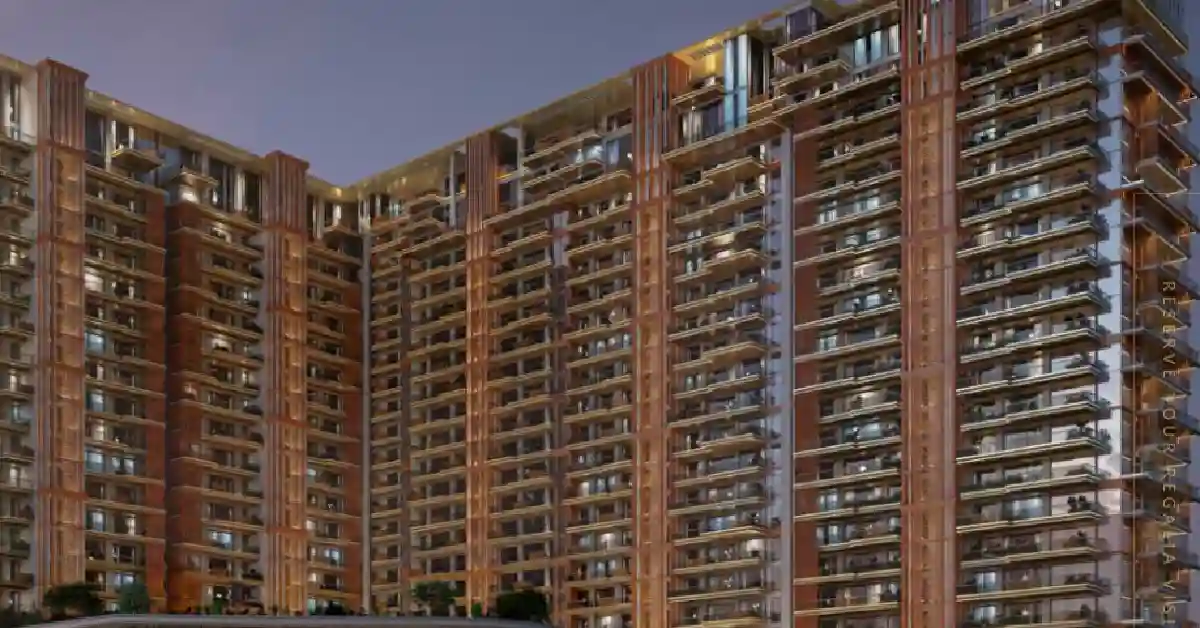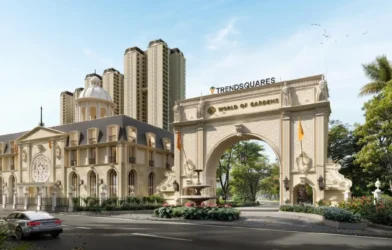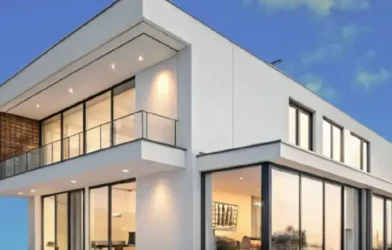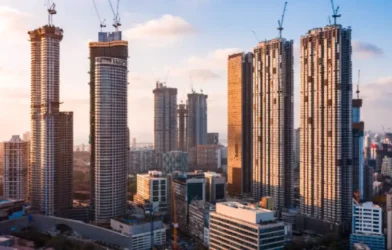Subtotal ₹0.00
By Bhavesh Kothari, Founder & CEO of Property First
For years, India’s luxury skyline was defined by height, grandeur, and exclusivity. From penthouses overlooking the Arabian Sea to glass-fronted towers rising above the clouds, high-rise living was synonymous with success. Yet today, a quiet but powerful transformation is underway. The country’s affluent homebuyers include entrepreneurs, business families, and global professionals — are rethinking what “luxury” really means. The new aspiration isn’t about living higher; it’s about living better or YOLO.
In the heart of India’s most vibrant cities, luxury continues to rise skyward, but with a new philosophy. High-end developments are now being designed with the idea of refuge at their core — homes that cocoon their residents from the urban rush while surrounding them with every imaginable indulgence. Clubhouses have become the new social sanctuaries, offering an ecosystem of leisure and connection. Think private art lounges, cigar rooms, members-only dining salons, temperature-controlled pools, and world-class wellness suites where the day dissolves into quiet ritual. These are not amenities; they are experiences which are curated for those who see luxury as a way of life, not a display of it.
In cities like Mumbai, Bengaluru, and Hyderabad, the appetite for ultra-luxury continues to thrive but with a twist. Even as high-end developments in prime urban districts attract record sales, an increasing number of buyers are also seeking homes that offer privacy, greenery, and mindfulness. The discerning elite today want the best of both worlds: world-class amenities within the city and tranquil spaces that allow them to disconnect when needed.
The last decade was about vertical luxury; this one is about serene sophistication. Many affluent families are gravitating toward exclusive enclaves — low-rise villas, estates, and integrated townships — that allow them to live amid nature without compromising access to the city’s conveniences.
Across India’s prime neighbourhoods — from Bengaluru’s prestige corridors to Mumbai’s seafront enclaves and Delhi’s leafy avenues — this new mood is palpable. High-end residences are blending architectural artistry with sensory balance. These projects come with lush landscapes, private pools, dedicated spa pavilions, and signature clubhouses — echoing the ambiance of private resorts while offering the security and service standards of a premium residence.
Interestingly, this shift doesn’t spell the end of the luxury skyscraper. In fact, it’s giving rise to a new generation of high-rises designed with the philosophy of balance and well-being. Leading developers are reimagining their urban towers with biophilic design, vertical gardens, and exclusive wellness floors.
Today’s luxury buyer doesn’t just invest in square footage; they invest in a lifestyle network. The clubhouse has evolved into the epicentre of this new world of privilege. More than fitness centres or leisure zones, these are exclusive social clubs where residents network, collaborate, and unwind among peers.
Think cigar rooms, fine-dining spaces, art galleries, private work pods, and curated event calendars were the amenities once reserved for global private clubs, are now integral to India’s luxury real estate. For buyers, it’s a statement of taste and belonging.
The post-pandemic years have transformed what affluence looks like. For India’s new-age HNIs, mindful luxury is the defining marker — an equilibrium between opulence and wellness. Developers are responding with homes that breathe: natural ventilation, organic landscaping, energy-efficient design, and access to expansive open spaces.
A recent Knight Frank report highlights that over 60% of Indian UHNWIs now prioritise wellness amenities and nature-integrated environments when purchasing property. This shift represents not a retreat from luxury, but a more evolved expression of it.
India’s affluent class has matured — they travel extensively, experience global standards, and return with a heightened appreciation for authenticity and well-being. They are investing in homes that reflect a more grounded form of elegance — one that values sustainability, craftsmanship, and emotional connection as much as it values aesthetics and exclusivity.
As this new chapter unfolds, one thing is clear: the future of luxury lies not just in architecture, but in atmosphere — where design, nature, and community coexist to create a life that feels both elevated and deeply grounded.
As India’s affluent rediscover the essence of living well, they know true luxury lies not in how high you rise, but in how deeply you feel at home. Serenity, now, is the new signature of sophistication.
(The author is the Founder & CEO of Property First. Views are personal)














